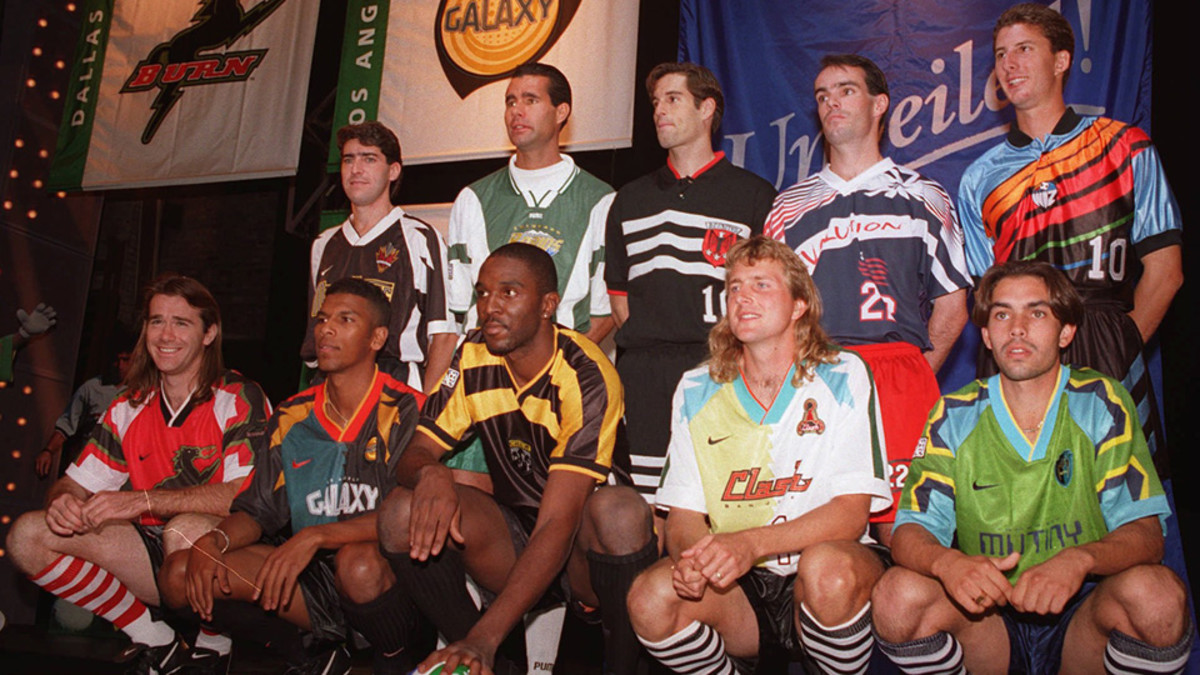Everything about First Touches - #HOUvMIN - Minnesota United FC

The Greatest Guide To Rapids come away with a draw in one of the toughest road

Breakout stars like Da, Marcus Beasley and Landon Donovan began making names for themselves in MLS before starring for the U.S. nationwide group, while established gamers such as Brian Mc, Bride, Eddie Pope, and Clint Mathis continued to prove their worth to both their MLS clubs and the U.S. national group.
Under Garber's auspices, Columbus Team Arena was integrated in 1999, ending up being MLS's first soccer-specific arena. This started a pattern amongst the bulk of MLS teams and owners to build their own places, deserting their former arenas whose main tenants were either professional or college stadium football groups. On the field, the early wave of international gamers who had signed up with MLS at its beginning drifted into retirement or proceeded to clubs somewhere else on the planet.
soccer. Big league Soccer lost an approximated $250 million throughout its very first 5 years, and lost more than $350 million in between its starting and the year 2004. I Found This Interesting and declining attendances forced MLS to cut expenditures to decrease operating losses. Prior to the 2001 season, MLS owners accepted freeze group spending plans and refrain from signing brand-new costly players.
/cdn.vox-cdn.com/uploads/chorus_asset/file/22517070/usa_today_16088913.jpg)
Orlando City Announces First MLS Player Signing - Orlando City
MLS eventually revealed in January 2002 that it had chosen to contract the two Florida franchises, the Tampa Bay Mutiny and Miami Blend. This left the league with 10 teams, the same number as when MLS began. Likewise, the league reorganized back to the Eastern and Western Conference format after two seasons with the third Central Division.

Orlando City upbeat as first teams arrive for MLS is Back tournament - Orlando Sentinel
Not known Facts About Schedule - Real Salt Lake
Contraction had minimized the number of groups from 12 to 10; MLS was losing cash each year; a number of owners pulled out, leaving only three owners in league, with one owner Phil Anschutz owning six groups; and just one team had its own soccer-specific arena. Resurgence [edit] The 2002 World Cup, in which the United States suddenly made the quarterfinals through wins against Portugal and Mexico, accompanied a resurgence in American soccer and MLS.
This event held the largest crowd attendance in MLS Finals and second-highest presence in overall domestic American soccer, after the North American Soccer League championship in 1978, which held almost 75,000 at Giants Stadium. MLS adopted the IFAB rules and requirements in 2003, that included modifications such as restricting groups to 3 replacements per video game.
